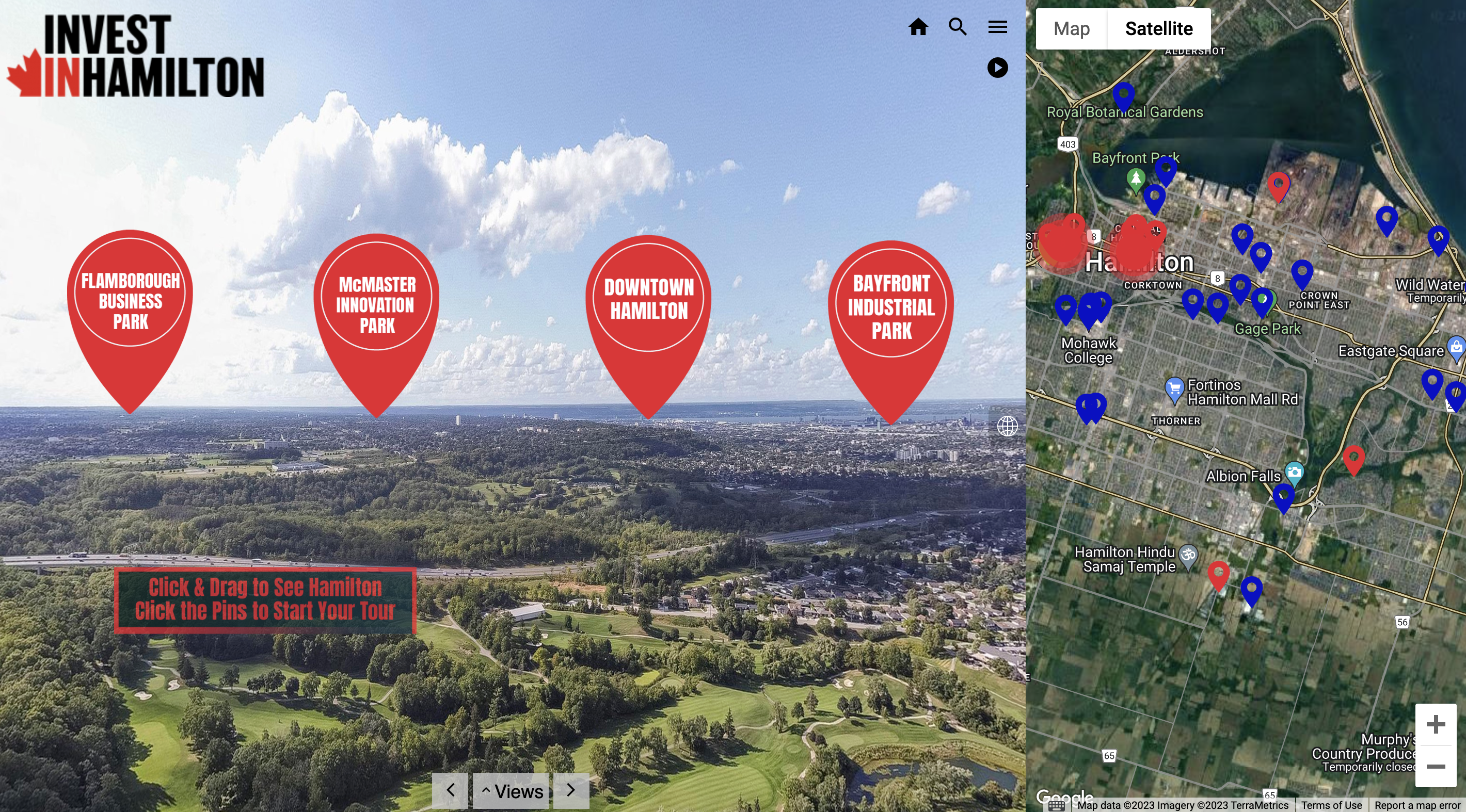Traditional zoning is being updated in many North American cities for a number of reasons – to increase a city’s resiliency, to promote health initiatives for its citizens, to improve affordability, and to contribute to a city’s overall sustainability. One of the increasingly popular methods being used is referred to as overlay zoning, wherein special amendments are made to existing zones by adding provisions to the ones that may already be in place.
Special overlay zoning may be focused on a specific desired outcome, for example, creating a special district to allow for more pedestrian traffic. Overlay districts of this type would incorporate additional zoning regulations, recognizing a need for changes in urban development strategies to promote increased walking. These types of changes bolster improvements in public health and the health of the environment.
Walking’s impact on public health encompasses both physical and mental health impacts. An increase in physical activity can be correlated with an increase in social interaction. And reducing motor vehicle traffic in turn reduces injuries related to driving accidents.
The benefits to the environment are obvious. More walkable communities means a greatly reduced carbon footprint.
There’s also a benefit to the economy – homes in pedestrian-friendly areas can be more valuable, and a reliance on motor vehicles is dramatically reduced, allowing individuals to save money on transportation costs.
Case Study – Tampa, Florida
Tampa designed a specific overlay area in the South Howard region of the city that included regulations for general building and parking requirements to promote walkability. The regulations went as far as to mandate specific amenities such as benches and trees to provide shade or pedestrians. The complete overlay strategy can be found here.
Additional Case Studies – Kansas City, Missouri and Charlotte, North Carolina
Kansas City designated a walking-oriented overlay that regulates several development specifics, including signage, driveway placement, and commercial building entrances. Charlotte implemented overlay regulations that incorporated minimum setback distance requirements to provide adequate walking space to pedestrians, along with aesthetics regulations governing fence height and landscaping to hide dumpsters and masonry.
Render Developments
Render develops breathtaking three-dimensional digital technology to bring rezoning strategies to life, giving municipalities the power to demonstrate the importance of environmental sustainability through animation, drone technology, stunning visual municipality tours, and more. Render is firmly committed to celebrating the importance of environmental sustainability, and continues to work with local governments all over North America in their bids to improve their municipalities.





